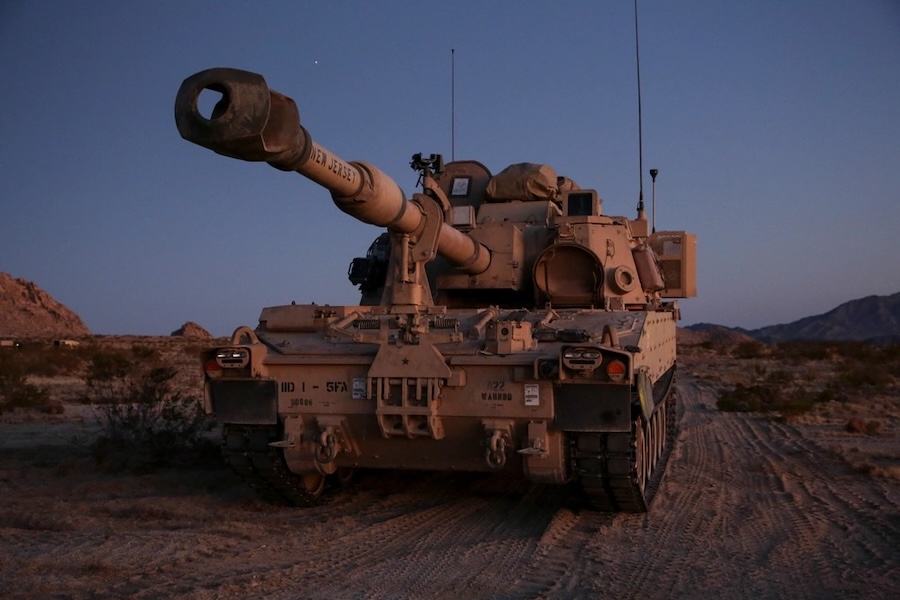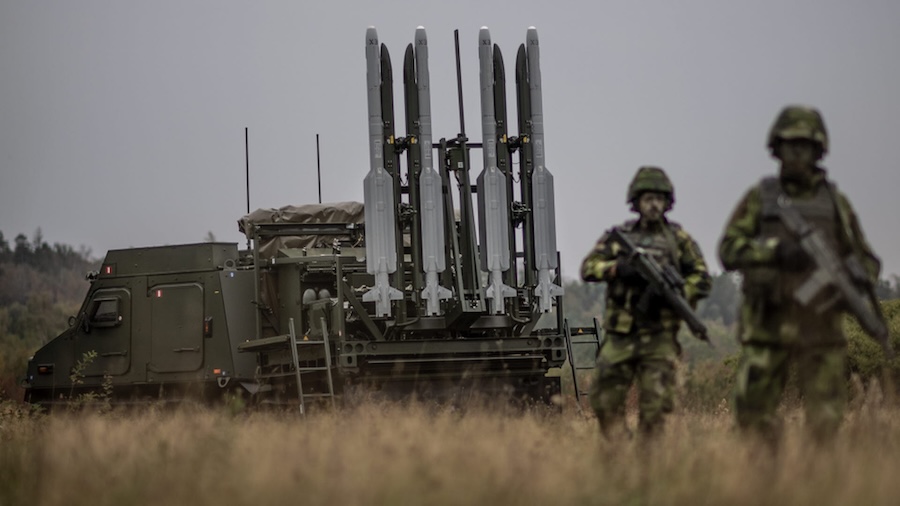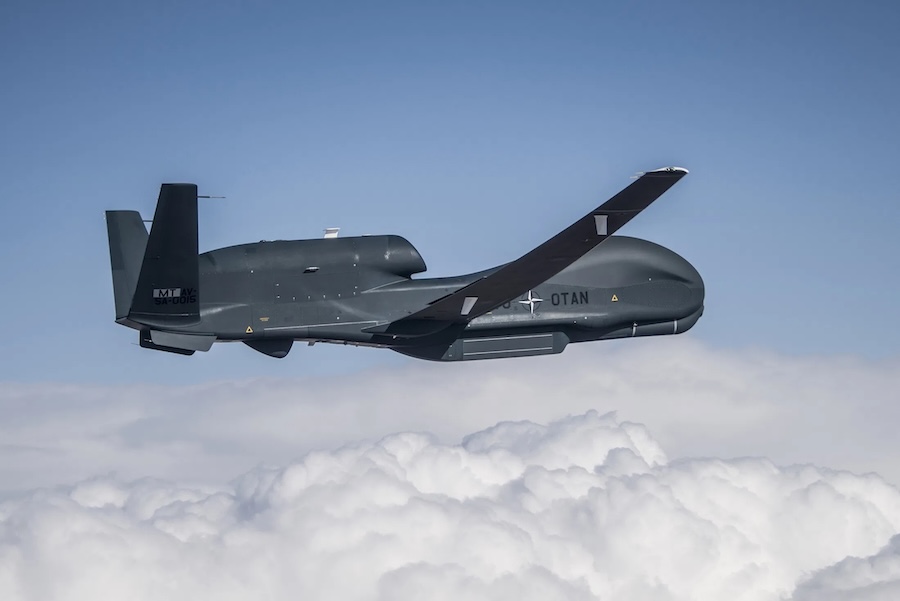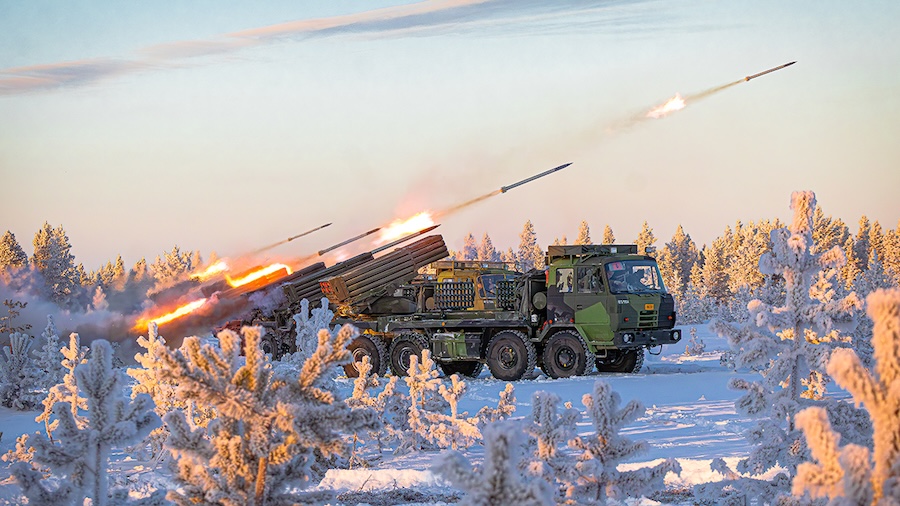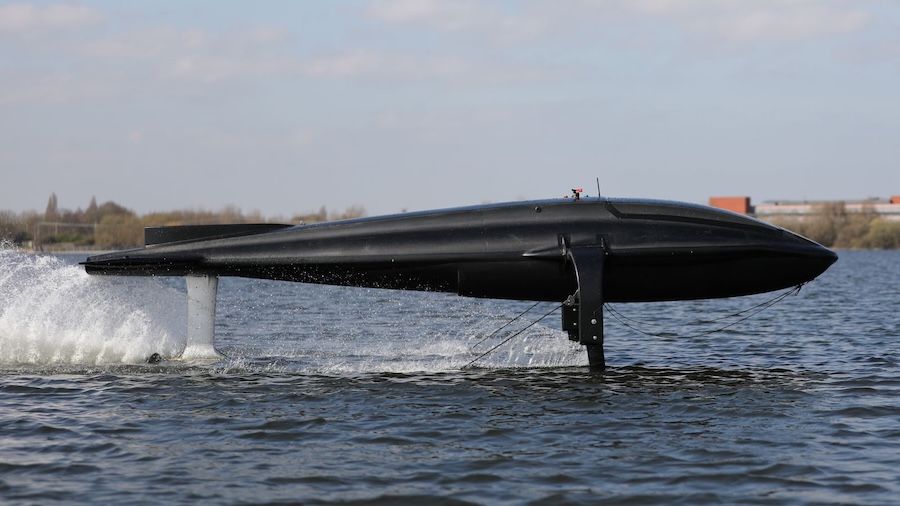Lockheed Martin confirmed the F-35 programme remains a vital revenue source, accounting for around 30% of total company revenue, with continued growth expected in production and sustainment. “Air superiority and the Golden Dome initiative are key priorities for the next year,” stated CEO Jim Taiclet.
The company reported a 48% increase in its Missiles and Fire Control backlog over two years, signalling strong future revenue potential. High single-digit growth has already been recorded in this segment, with the possibility of reaching double-digit increases.
Next Generation Interceptor (NGI) is expected to contribute approximately $1 billion annually, further strengthening Lockheed Martin’s strategic defence portfolio. Aeronautics is forecasted to grow at a low single-digit rate over the next five years, with potential for improved profit margins.
Despite positive financial indicators, the company acknowledged persistent operational challenges, particularly in supply chain management and legacy contracts. Integration issues continue with the Tech Refresh 3 (TR3) for the F-35, although completion is approaching.
Production capacity is being expanded for key systems including PAC-3, GMLRS, JASSM/LRASM, and HIMARS. Supply difficulties remain, especially concerning rocket motors, but international partnerships—such as with Rheinmetall—are being developed to strengthen global supply chains.
International expansion remains a strategic priority, with new market opportunities identified in Saudi Arabia, Qatar, and the United Arab Emirates. The company is also pursuing multi-year agreements for the F-35 to improve supply chain stability and reduce costs.
Lockheed Martin is planning to integrate technologies from the Next Generation Air Dominance (NGAD) programme into existing platforms to boost capabilities while managing expenses. Export opportunities and production expansions in India were also discussed during the session.
CFO Evan Scott and CEO Jim Taiclet both conveyed cautious optimism about increased defence spending, despite uncertainty surrounding the 2026 budget. Lockheed Martin reiterated its focus on technological advancement, co-production initiatives, and sustained international growth.












